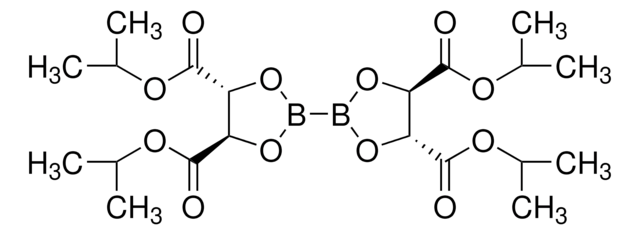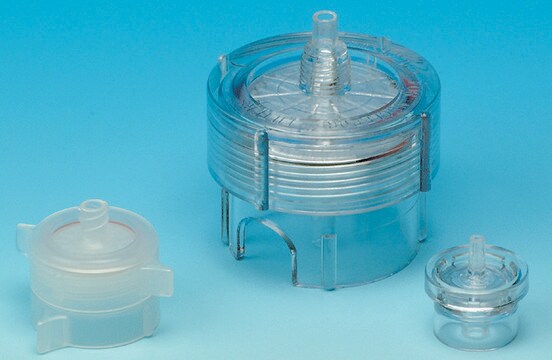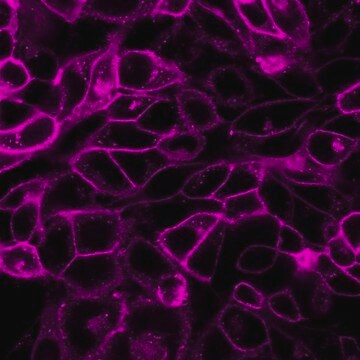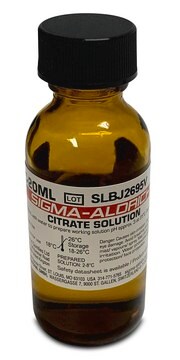V900403
Gly-Gly
99%, Vetec™
Sinonimo/i:
Diglicina, Glicil-glicina
About This Item
Prodotti consigliati
product name
Gly-Gly, Vetec™, reagent grade, 99%
Grado
reagent grade
Nome Commerciale
Vetec™
Saggio
99%
Forma fisica
powder
tecniche
ligand binding assay: suitable
Colore
white
Intervallo di pH utile
7.5-8.9
pKa (25 °C)
8.2
Punto di fusione
255-260 °C
Stringa SMILE
NCC(=O)NCC(O)=O
InChI
1S/C4H8N2O3/c5-1-3(7)6-2-4(8)9/h1-2,5H2,(H,6,7)(H,8,9)
YMAWOPBAYDPSLA-UHFFFAOYSA-N
Cerchi prodotti simili? Visita Guida al confronto tra prodotti
Note legali
Codice della classe di stoccaggio
11 - Combustible Solids
Classe di pericolosità dell'acqua (WGK)
WGK 3
Punto d’infiammabilità (°F)
Not applicable
Punto d’infiammabilità (°C)
Not applicable
Certificati d'analisi (COA)
Cerca il Certificati d'analisi (COA) digitando il numero di lotto/batch corrispondente. I numeri di lotto o di batch sono stampati sull'etichetta dei prodotti dopo la parola ‘Lotto’ o ‘Batch’.
Possiedi già questo prodotto?
I documenti relativi ai prodotti acquistati recentemente sono disponibili nell’Archivio dei documenti.
Il team dei nostri ricercatori vanta grande esperienza in tutte le aree della ricerca quali Life Science, scienza dei materiali, sintesi chimica, cromatografia, discipline analitiche, ecc..
Contatta l'Assistenza Tecnica.








